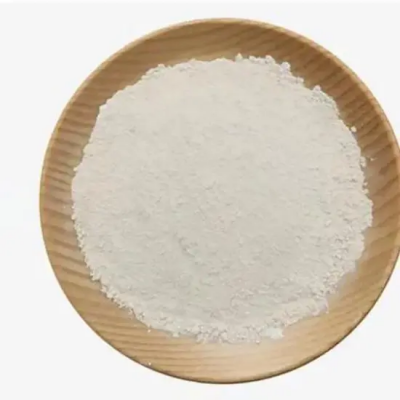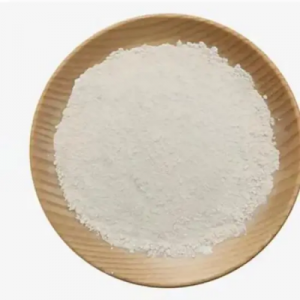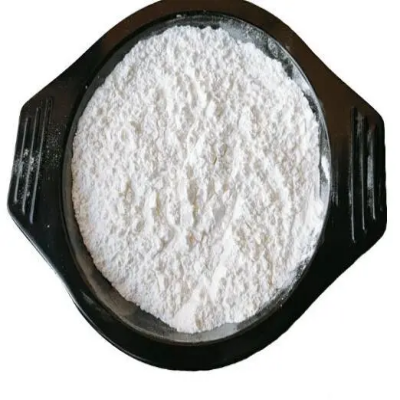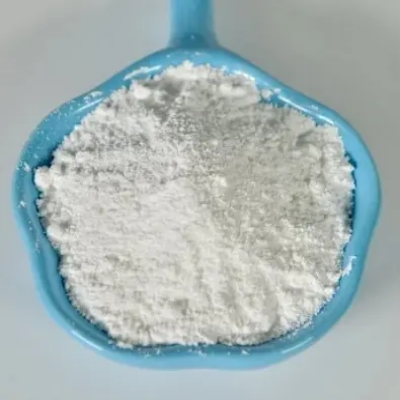(S)-(+)-3-Quinuclidinol CAS:34583-34-1
Quinuclidinol is characterized by its bicyclic structure, comprising a quinuclidine ring fused to a hydroxyl group. This structural motif imparts both rigidity and flexibility, influencing its chemical reactivity and pharmacological interactions. Chemical Applications Quinuclidinol finds utility in several chemical contexts: Pharmaceutical Intermediates: It serves as a crucial intermediate in the synthesis of pharmaceutical compounds, contributing to the development of drugs targeting central nervous system disorders, antimalarials, and cholinergic agonists. Catalysis: Quinuclidinol derivatives are employed as catalysts in asymmetric synthesis, facilitating the creation of chiral molecules with high stereoselectivity. Ion Chelation: Its structural features enable complexation with metal ions, influencing its applications in material sciences and catalysis. Pharmacological Properties Quinuclidinol exhibits diverse pharmacological effects, including: Cholinergic Modulation: It acts as a cholinergic agonist, affecting neurotransmission in the central nervous system and peripheral tissues. Antimalarial Activity: Certain derivatives have demonstrated potent antimalarial properties, making quinuclidinol a candidate for novel antimalarial drug development. Antispasmodic Effects: Its muscle-relaxant properties have implications for treating conditions involving involuntary muscle contractions. Synthetic Routes Quinuclidinol can be synthesized through various methods, including: Reduction Reactions: Reduction of quinuclidine derivatives yields quinuclidinol, a process that can be catalyzed by metal catalysts or other reducing agents. Chiral Synthesis: Enantioselective synthesis techniques are employed to obtain specific enantiomers of quinuclidinol, crucial for pharmaceutical applications requiring stereochemical purity. Future Directions Future research and applications for quinuclidinol include: Drug Development: Continued exploration of its pharmacological properties and derivatives for potential therapeutic applications in neurology, infectious diseases, and beyond. Catalysis: Optimization of quinuclidinol-based catalysts for improved efficiency and selectivity in organic synthesis. Biomedical Applications: Investigation into novel formulations and delivery systems to enhance bioavailability and therapeutic efficacy of quinuclidinol-derived drugs. Conclusion In conclusion, (S)-(+)-3-Quinuclidinol stands as a pivotal compound in organic synthesis and pharmaceutical research, owing to its unique chemical structure and diverse pharmacological activities. Its role as a pharmaceutical intermediate and catalyst underscores its significance in advancing scientific understanding and practical applications across multiple disciplines. Continued research efforts hold promise for unlocking new therapeutic potentials and expanding the scope of quinuclidinol's contributions to medicine and materials science.



| Composition | C7H13NO |
| Assay | 99% |
| Appearance | white powder |
| CAS No. | 34583-34-1 |
| Packing | Small and bulk |
| Shelf Life | 2 years |
| Storage | Store in cool and dry area |
| Certification | ISO. |









